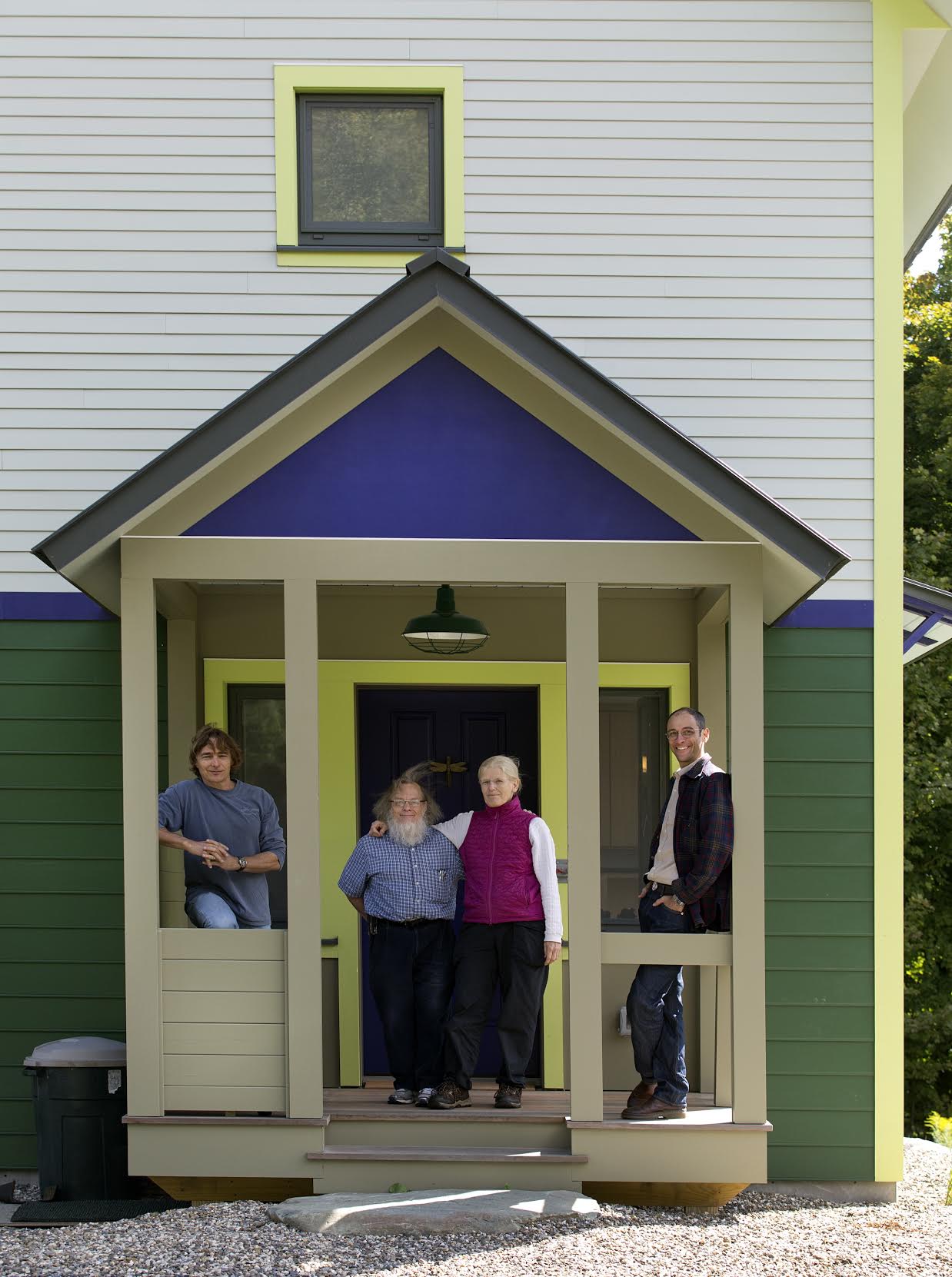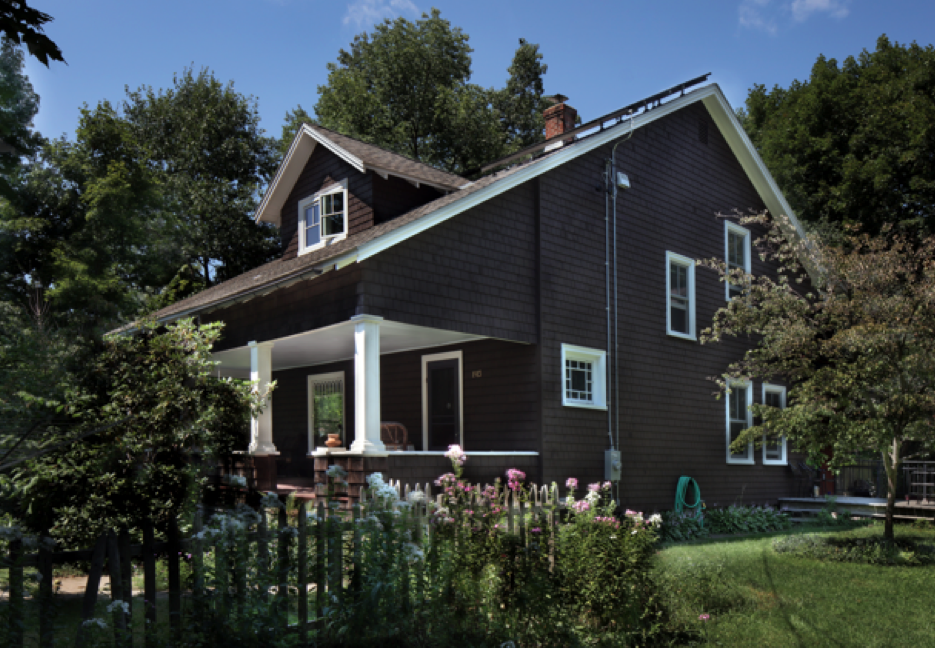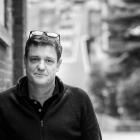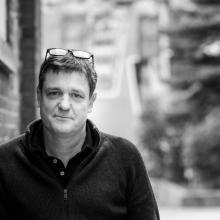Learn the Real (Hard) Work of Residential Design
A Primer on BuildingEnergy Boston 2016 Content
I don’t sit in a hotel room in Boston for two days in the middle of winter, just to have someone tell me how everything worked out just as they planned. The truth is much more entertaining, a lot more flawed, and a lot more useful to me as a professional.
 Residential design is difficult work. With few exceptions, every client is an amateur. Every design is a testament to who the client thinks she ought to be. Every project is a wrestling match between the things he always wanted and the ones he can afford. The work is not easy. This year at BuildingEnergy Boston, a collection of sessions will focus on the difficult parts of residential design, where no one will pretend it always goes perfectly. Let me tell you about them:
Residential design is difficult work. With few exceptions, every client is an amateur. Every design is a testament to who the client thinks she ought to be. Every project is a wrestling match between the things he always wanted and the ones he can afford. The work is not easy. This year at BuildingEnergy Boston, a collection of sessions will focus on the difficult parts of residential design, where no one will pretend it always goes perfectly. Let me tell you about them:
“When You Come To A Fork in the Road… Take It.”
Architect Chris Briley (BRIBURN, Portland, ME) will share the stories of two projects, in parallel, with two clients, two sets of challenges, and two completed Passive Houses. One client didn’t want it to “look like a passivhaus” and had a pretty strong Idea of what it was like before the process even started, the kind of client who “just needs a little help with the floor plans”. The other wanted a model home, a showcase of the possible, but with “turnkey” design that didn’t consume too much client time. One would be certified with PHIUS, using the newly minted WUFI Passive, while the other pursued PHI certification with PHPP. But at their root, these projects shared a target, shared a climate, shared an architect. Chris will walk us through the process of each, and explain the whys of residential passive design in southern Maine.
The clients were committed to the property, owned a functioning house, and had decided to bring it up to modern standards for energy efficiency. What followed was anything but simple.
 When architect Jesse Selman (C&H Architects, Amherst, MA) and builder Kent Hicks (Kent Hicks Construction, Chesterfield, MA) began a project together in Savoy, MA, it was simple enough: a Deep Energy Retrofit of an existing home. The clients were committed to the property, owned a functioning house, and had decided to bring it up to modern standards for energy efficiency. What followed was anything but simple. It became a process spanning three years, in which this team explored every branch of the residential decision tree. Would they keep the original house, or knock it down, maybe they’d build on the same foundation, or use the old stone square as a garden plot? They explored factory-built and stick framed new construction. With energy consultant Mike Duclos, of DEAP Energy Group, they pursued Passive House until the compromises in the view became too great, and they tested every material against the client’s extremely sensitive nose, which would not tolerate a chemical-laden environment. With a good hearted client (the process can be unbearable without this saving grace), they pursued this ornate process to its elegantly simple end.
When architect Jesse Selman (C&H Architects, Amherst, MA) and builder Kent Hicks (Kent Hicks Construction, Chesterfield, MA) began a project together in Savoy, MA, it was simple enough: a Deep Energy Retrofit of an existing home. The clients were committed to the property, owned a functioning house, and had decided to bring it up to modern standards for energy efficiency. What followed was anything but simple. It became a process spanning three years, in which this team explored every branch of the residential decision tree. Would they keep the original house, or knock it down, maybe they’d build on the same foundation, or use the old stone square as a garden plot? They explored factory-built and stick framed new construction. With energy consultant Mike Duclos, of DEAP Energy Group, they pursued Passive House until the compromises in the view became too great, and they tested every material against the client’s extremely sensitive nose, which would not tolerate a chemical-laden environment. With a good hearted client (the process can be unbearable without this saving grace), they pursued this ornate process to its elegantly simple end.
“Widening the Circle: High Performance Home Design”
Builder Mark Doughty (Thoughtforms) has made a living creating custom homes for others in the Greater Boston area, and when it came to creating a home for himself, he sought out engineer Jordan Goldman (Zero Energy Design). Together, they worked to design a high performance home that, more than a year after completion, is producing more energy than it consumes. But what happened when Mark went back to business, creating homes to satisfy other people’s dreams?
“High performance is just not that hard to do, if you start talking early enough – between the design team and the construction team. The client expects their team to integrate all of the best practice details up front, and if that happens, they’re happy. But if coordination begins after everything is drawn and detailed, the team can be left choosing between the uncomfortable “why wasn’t it designed this way in the first place?” conversation and compromising the design.”
“We’ve done blower door testing for a long time – measurement is in our DNA. We targeted ‘less the 1.0 ACH50’ and hit 0.27 without any incremental costs over our typical custom work”
 Architect Hank Keating (Trinity Development) works for a development company which focuses on urban neighborhoods, but he is not afraid of a challenge. He’d seen Passive House Consultant Mike Duclos (Deap Energy Group) present on Passive House at the BSA, and brought him on when he started a Passive project of his own. The scope was large: one primary residence, one guest residence, an apartment for the interns, and a working farm. It’s not clear that he knew exactly what they were in for together, but Hank was undaunted by the process. With Mike as his guide through the thorns of PHPP, he had to come to grips with the consequences of design choices like large amounts of North-facing glass. They’ll talk together about the challenges and the compromises of an architect’s first foray into Passive House, and what they learned from the process.
Architect Hank Keating (Trinity Development) works for a development company which focuses on urban neighborhoods, but he is not afraid of a challenge. He’d seen Passive House Consultant Mike Duclos (Deap Energy Group) present on Passive House at the BSA, and brought him on when he started a Passive project of his own. The scope was large: one primary residence, one guest residence, an apartment for the interns, and a working farm. It’s not clear that he knew exactly what they were in for together, but Hank was undaunted by the process. With Mike as his guide through the thorns of PHPP, he had to come to grips with the consequences of design choices like large amounts of North-facing glass. They’ll talk together about the challenges and the compromises of an architect’s first foray into Passive House, and what they learned from the process.
“Residential Retrofit in Tricky Situations”
Architect David Foley (Holland and Foley Architecture) and builder Paul Eldrenkamp (Byggmeister Design Build) ought to know better. Residential Deep Energy Retrofits – bringing a home’s heating energy consumption down by 70% or more – are hard enough in normal circumstances. Doing renovations in historic districts are also notoriously fraught with perils, both financial and regulatory. Who in their right minds would combine the two? No one, including this team, who had be assured by code enforcement previously that the building was just outside the Historic District. By the time the permitting process revealed that they’d be required to use all wood windows to comply with Historic requirements, the project was already too developed to give up on. David and Paul will discuss the challenges, technical and otherwise, which faced this renovation of a 1928 Boston area home. The most expensive part of this project for David Foley himself? That it pushed him further along the road to Net Zero in his own thinking – and engendered a new round of renovations at his own home.
Residential Deep Energy Retrofits – bringing a home’s heating energy consumption down by 70% or more – are hard enough in normal circumstances. Doing renovations in historic districts are also notoriously fraught with perils, both financial and regulatory. Who in their right minds would combine the two?
 His firm has been doing Deep Energy Retrofits for years now, but when the tables turn, and it’s time for his own house renovation, architect Tom Hartman (C&H Architects) has to sell the idea to his wife and family, who would really rather plan a long family vacation. On a building he’s been working on and monitoring for more than a decade, Tom pushes through the (nearly) last round of retrofits at his 1911 Sears kit home – new siding and insulation to the outside, and a new heat pump for heating. He’ll walk through the calculations that got him there, the window details that saved his interior trim, the financial justifications, which finally earned him the green light, and the compromises we all make when it’s our own money on the line.
His firm has been doing Deep Energy Retrofits for years now, but when the tables turn, and it’s time for his own house renovation, architect Tom Hartman (C&H Architects) has to sell the idea to his wife and family, who would really rather plan a long family vacation. On a building he’s been working on and monitoring for more than a decade, Tom pushes through the (nearly) last round of retrofits at his 1911 Sears kit home – new siding and insulation to the outside, and a new heat pump for heating. He’ll walk through the calculations that got him there, the window details that saved his interior trim, the financial justifications, which finally earned him the green light, and the compromises we all make when it’s our own money on the line.
I come to NESEA every year to hear stories like these – real people doing real, hard work, and coming back with real battle scars to tell the rest of us the results. I’m looking forward this winter to sitting back and listening to somebody else’s horror stories, and enjoying somebody else’s hard-earned successes. I hope you’ll join us this March 8-10th, 2016 at the Seaport World Trade Center in Boston for BuildingEnergy 16.
Our Mission
NESEA advances sustainability practices in the built environment by cultivating a cross-disciplinary community where practitioners are encouraged to share, collaborate and learn.




Great article Andrew. It looks like there will be some excellent sessions at BE16, as expected. On the topic of DERs (Deep Energy Retrofits), The Elephant in the Room will also be addressing the prohibitivelty expensive nature of many retrofits with a check list of what you should do, what you want to do, what you need to do and what not to bother bother doing! Check it out: http://nesea.org/session/elephant-room-how-affordably-increase-energy-efficiency-our-existing-housing-stock .